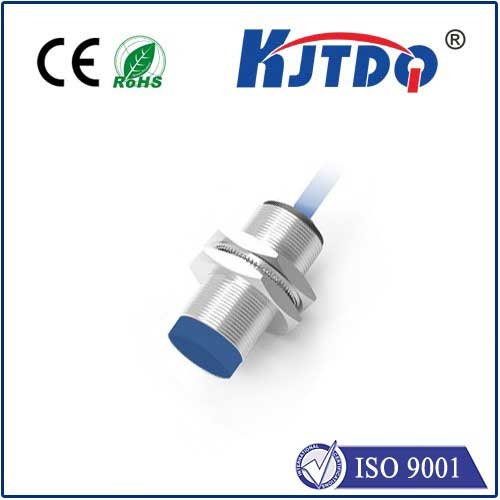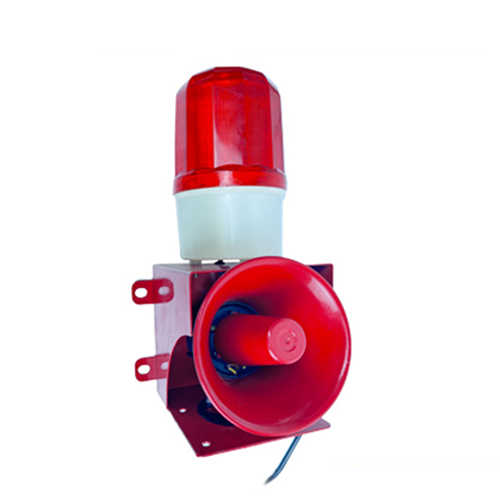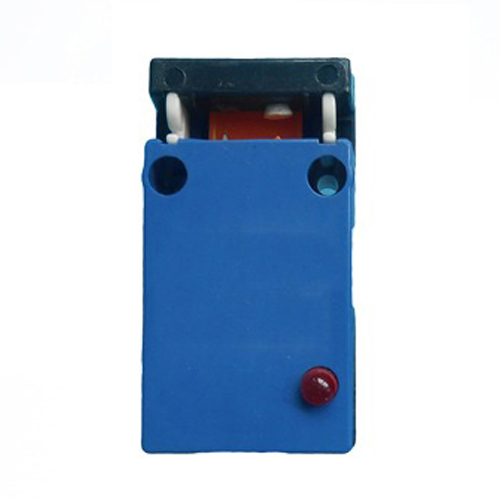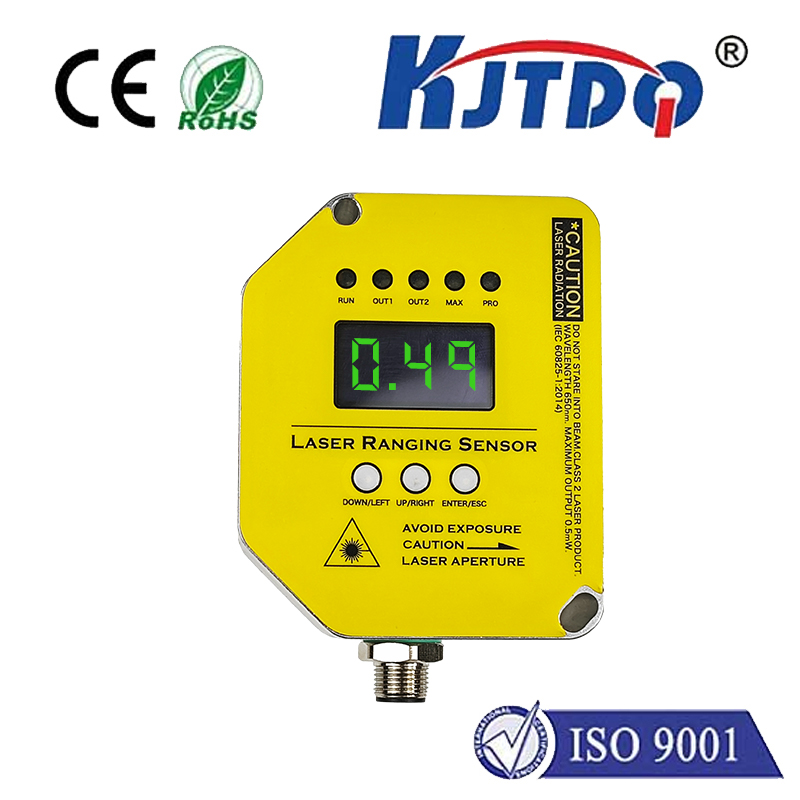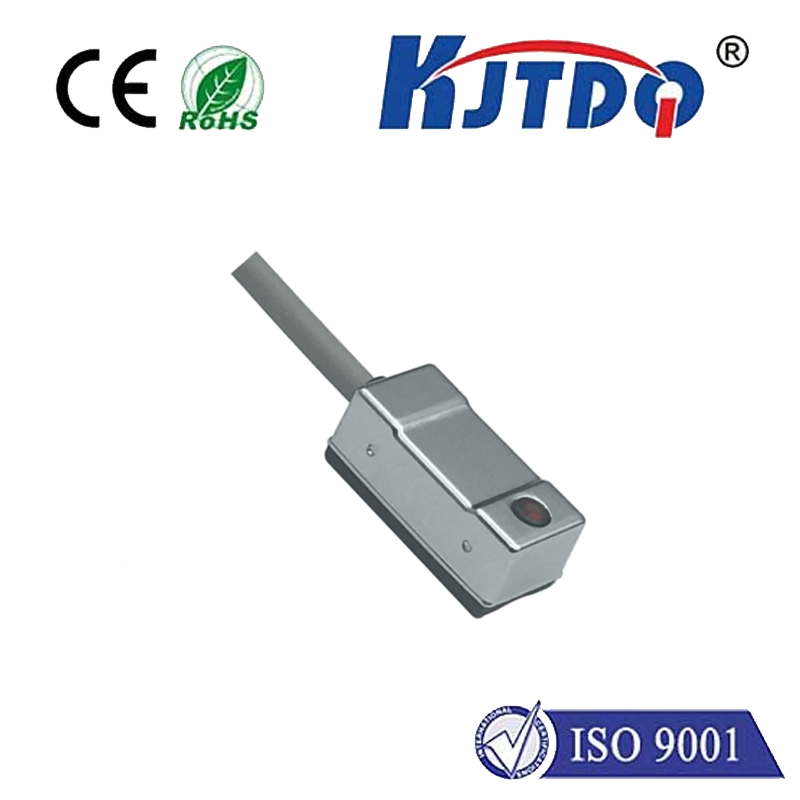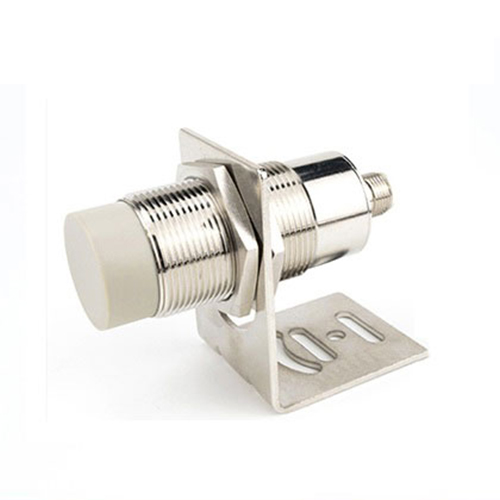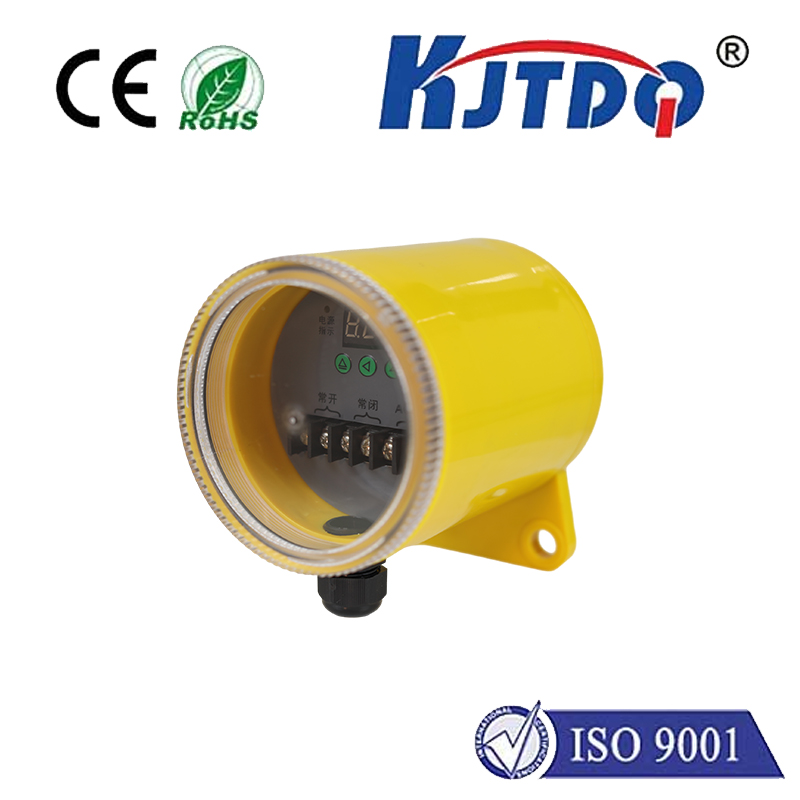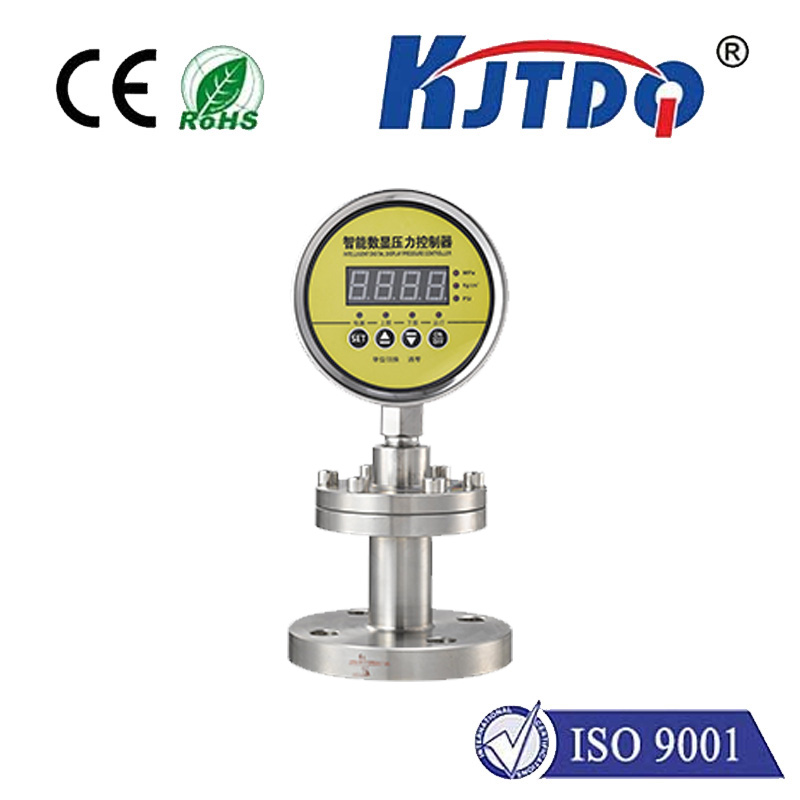ultrasonic presence detection proximity sensor
- time:2025-06-28 00:00:02
- Нажмите:0
Ultrasonic Presence Detection Proximity Sensors: The Unseen Sentinel for Modern Automation
Forget flickering lights triggered by drifting curtains or security systems fooled by a stray cat. In the quest for reliable, non-contact detection, ultrasonic presence detection proximity sensors stand out as a sophisticated and adaptable solution. These remarkable devices operate like silent bats, using high-frequency sound waves to perceive their environment with remarkable accuracy, enabling countless applications where knowing if something is there (and where it is) is crucial. They are the unseen sentinels powering smarter automation, enhanced safety, and seamless interaction in an increasingly automated world.
The Principles of Operation: Sound Beyond Hearing
At the heart of an УЗИ датчик приближения lies a simple yet powerful concept. The sensor contains a transducer that acts like a tiny speaker, emitting bursts of ultrasonic sound waves – typically frequencies between 25 kHz and 50 kHz, far above the range of human hearing. These sound waves travel through the air (or other mediums) at a known speed.
When these emitted waves encounter an object within their detection field, they bounce back towards the sensor – this is the echo. A receiver component within the same transducer (or sometimes a separate one) detects these returning echoes. The sensor’s embedded electronics then measure the time difference between emitting the sound pulse and receiving its echo. Since the speed of sound in air is relatively constant (around 343 meters per second at 20°C), the sensor can precisely calculate the distance to the object using the formula: Distance = (Speed of Sound × Time of Flight) / 2.
It’s this time-of-flight (ToF) principle that allows ultrasonic sensors to function as highly effective presence and proximity detectors. They don’t just sense motion; they reliably detect the static presence of objects, regardless of their material, color, or surface texture – a significant advantage over optical or infrared sensors.

Key Components and Features
Understanding the core attributes of ultrasonic presence detection technology explains its widespread adoption:
- Non-Contact Sensing: The sensor operates without physically touching the target object. This prevents wear and tear on both the sensor and the object and allows for detecting delicate or hazardous items.
- Material Independence: Unlike optical sensors that struggle with transparency or reflectivity, ultrasonic waves detect virtually any solid object – plastic, wood, metal, liquid surfaces, glass, and fabric. This makes them incredibly versatile.
- Robust Performance in Challenging Environments: Ultrasonic sensors are largely unaffected by ambient light conditions (darkness, bright sunlight), dust, smoke, fog, or steam. Their performance remains consistent where vision-based systems often fail. Immunity to environmental factors is a major selling point.
- Distance Measurement: Beyond simple presence detection, most ultrasonic sensors provide precise distance measurement data. This opens doors for level monitoring, positioning, and dimension-checking applications.
- Adjustable Detection Range: Sensors are available with various ranges, from a few centimeters up to several meters, allowing them to be tailored for specific spatial requirements.
- Beam Angle: The emitted sound wave forms a cone-shaped beam. Wider beam angles cover larger areas but with potentially less precision at longer ranges; narrower beams offer more focused detection. Choosing the correct beam angle is critical for application success.
Where Silence Speaks Volumes: Real-World Applications
The unique capabilities of ultrasonic presence detection make them indispensable across diverse sectors:
- Промышленная автоматизация: Used widely on production lines for object presence verification, box counting, stacking height control, robot guidance for pick-and-place operations, and monitoring fill levels in bins and hoppers (even detecting foam or transparent liquids).
- Parking Assistance & Vehicle Detection: The smooth beep-beep-beep guiding your car into a tight spot? That’s ultrasonics at work. They detect obstacles with high reliability for parking sensors and are used in traffic management to detect vehicle presence at intersections or in parking lots.
- Liquid Level Monitoring: An area where they excel. Ultrasonic sensors reliably detect levels of chemicals, water, fuel, and granular solids in tanks, unaffected by color or transparency. They are vital in process control and inventory management. Non-contact level sensing prevents contamination.
- Intruder Alarms & Security: While PIR sensors detect motion heat, ultrasonic sensors excel at detecting static presence within a protected area (e.g., a room after entry). Combined systems offer enhanced security.
- Smart Buildings & Home Automation: Automating lighting based on room occupancy (more reliable than basic PIR), controlling automatic doors, touchless faucets (detecting hands under the tap), and assistive devices for the visually impaired.
- Robotics: Providing essential proximity and collision-avoidance sensing for autonomous mobile robots (AMRs) and drones, helping them navigate complex environments safely.
- Сельское хозяйство: Monitoring water tank levels, grain silo levels, and even detecting animals or people in sensitive areas.
Advantages Over Other Sensing Technologies
While IR (Infrared), PIR (Passive Infrared), photoelectric, and capacitive sensors have their place, ultrasonics offer distinct benefits:
- vs. Photoelectric (Light Beam): Works in dirty/dusty/dark environments where light beams scatter or fail. Detects a wider range of materials.
- vs. PIR Motion: Detects stationary presence, not just motion heat. Immune to temperature variations affecting heat signatures. Crucial for occupancy verification.
- vs. Capacitive: Detects objects from a greater distance and isn’t limited to conductive materials only.
- vs. Radar (Microwave): Generally lower cost, simpler construction, and less prone to interference concerns (though radar excels in longer ranges and higher precision applications).
Practical Considerations for Deployment
To maximize the effectiveness of an ultrasonic proximity detector:
- Mounting: Ensure a stable position. Vibration can affect readings. Avoid mounting on vibrating surfaces if possible.
- Target Angle: The target surface should ideally be perpendicular to the sensor’s beam axis for the strongest echo return. Highly angled or absorbent surfaces can weaken signals.
- Background Objects: Be mindful of fixed objects behind the intended targets. Sophisticated sensors often have “background suppression” features, but careful initial setup is key.
- Temperature Compensation: The speed of sound changes with air temperature. Higher-end sensors incorporate temperature compensation to maintain accuracy. Check if this is needed for your use case.
- Sound-Absorbing Materials: While generally material-independent, extremely soft, fibrous, or sound-absorbing materials (like thick felt or foam) can significantly reduce echo strength.
- Acoustic Noise: While ultrasonic frequencies are generally immune to audible noise, extremely loud environments or other sources of ultrasound (like pneumatic valves or other sensors) can potentially cause interference. Proper spacing and shielding help.
The Future of Ultrasonic Presence Detection
As technology evolves, ultrasonic sensors are becoming smarter, smaller, and more integrated. We see trends towards:
- Miniaturization enabling integration into smaller devices and wearables.
- Enhanced digital signal processing (DSP) for better noise rejection, background suppression, and multiple-target discrimination.
- Integration with Industrial IoT (IIoT) platforms providing real-time data for predictive maintenance and process optimization.
- Development of sophisticated arrays for precise 3D imaging and spatial awareness.
From ensuring your car parks safely to guaranteeing a production line runs flawlessly, from conserving water in smart buildings to safeguarding industrial processes, ultrasonic presence detection proximity sensors are a foundational technology. By harnessing the power of inaudible sound, they provide a reliable, versatile, and robust solution for detecting the unseen presence that underpins modern automation and safety systems. Their unique blend of material independence, environmental resilience, and precise distance measurement ensures their critical role for years to come.

